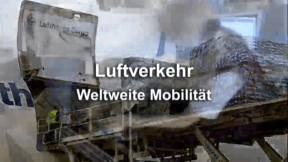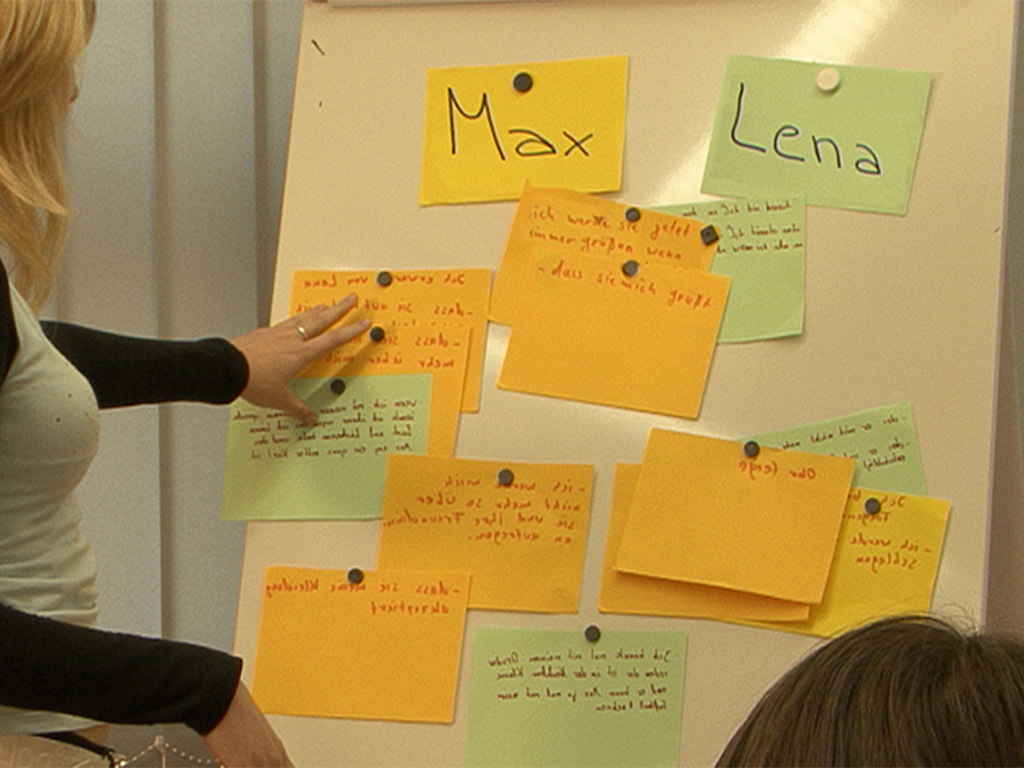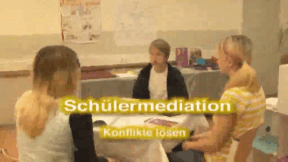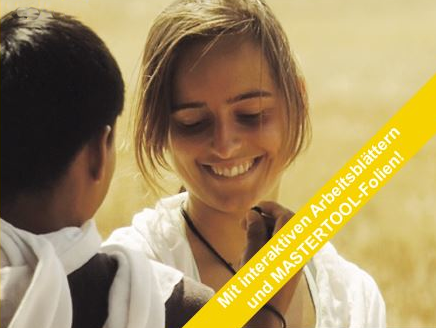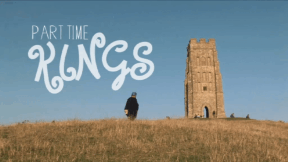 Geography
Geography
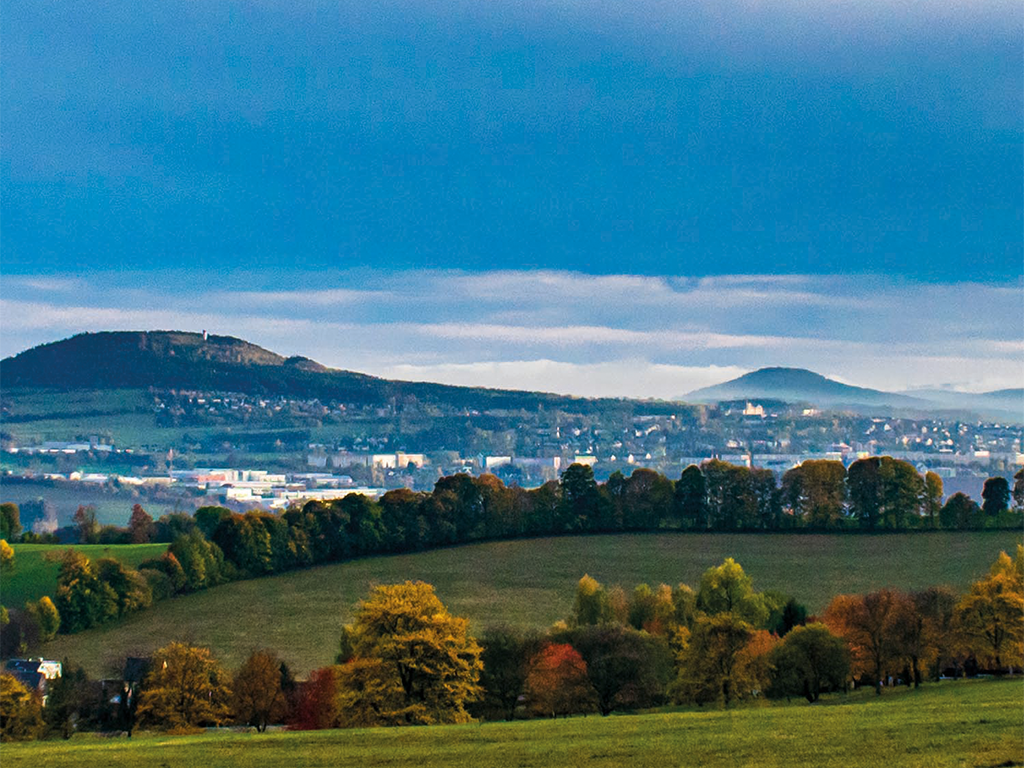
46500907 / 55500663
Mittelgebirge
Landschaftsformation in Deutschland
Harz und Schwarzwald gehören zu den Mittelgebirgen. Sie prägen die deutsche Landschaft, der Schwarzwald im Südwesten, der Harz im Norden und Osten.
Von den Hochgebirgen unterscheiden sie sich durch die geringere Höhe ihrer höchsten Gipfel.
In ruhigen Landschaftsaufnahmen stellt der Film den Schwarzwald und den Harz und mit ihnen die deutschen Mittelgebirge in ihrer erdgeschichtlichen Entstehung, ihrer Geschichte und ihrer Flora und Fauna vor.
In Verbindung mit dem Zusatzmaterial (Arbeitsblätter, interaktive Aufgaben u.v.m.) lässt sich das Medium hervorragend im Unterricht verwenden.
Die interaktiven Aufgaben wurden mit H5P erstellt und können ohne weitere Software verwendet werden.

Curriculum-centred and oriented towards educational standards
Matching
Air Traffic
Being able to fly has been a dream of humanity from time immemorial. But it does not even date back a century that people actually started being able to travel through the air. Since the 1960s, the number of flight passengers has been constantly increasing. Thus, the airspace is no longer dominated by birds but by man-made flying objects.
Peer Mediation
Lena and Max attend the 7th form. Max is new in class. During a break, Max notices that Lena and her friend are laughing at him again. Max loses his temper! He slaps Lena in the face. That hurts and Lena runs back into the classroom with a red cheek. The growing conflict between the two has escalated. Just like Lena and Max, every day pupils all over Germany have rows with each other. At the Heinrich Hertz Gymnasium in Thuringia, pupils have been trained as mediators for years. At set hours, they are in a room made available by the school specifically for mediation purposes. The film describes the growing conflict between Max and Lena and shows a mediation using their example. In doing so, the terms “conflict” and “peer mediation” are explained in a non-technical way. The aims of peer mediation and its progress in five steps as well as the mediators’ tasks are illustrated. The art of asking questions and “mirroring”, which the mediators must know, is described and explained. Together with the comprehensive accompanying material, the DVD is a suitable medium to introduce peer mediation at your school, too.





